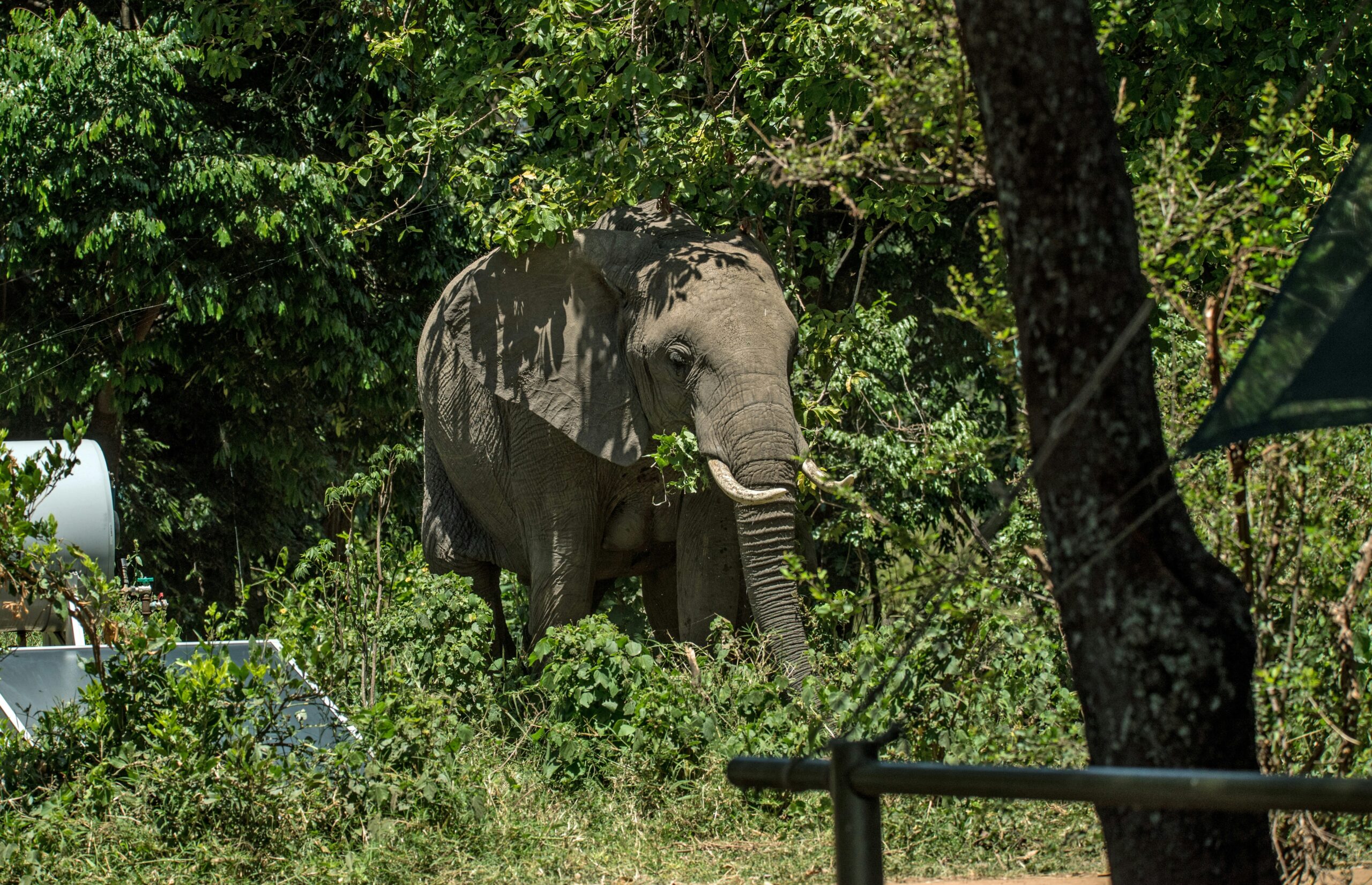Gorilla trekking. The very phrase conjures images of misty rainforests, close encounters with gentle giants, and an adventure of a lifetime. But the question remains: Uganda or Rwanda? Both offer incredible gorilla trekking experiences, yet they cater to different priorities and budgets. This comprehensive guide delves into the nuances of gorilla trekking in each country, empowering you to choose the perfect destination for your primate pilgrimage.
Uganda: The Gorilla Trekking Heart of Africa
Uganda, often dubbed the “Pearl of Africa,” boasts a rich biodiversity and is home to a significant portion of the world’s remaining mountain gorillas. Trekking takes place primarily in Bwindi Impenetrable National Park, a UNESCO World Heritage Site, and Mgahinga Gorilla National Park.
The Allure of Uganda:
- Abundance of Gorilla Families: Uganda reigns supreme in terms of habituated gorilla families, offering trekkers a wider selection of groups to visit. This translates to increased permit availability and a greater chance of securing your desired trekking date.
- Budget-Friendly Gorilla Encounters: The cost of a gorilla trekking permit in Uganda is significantly lower than in Rwanda, making it a more accessible option for budget-conscious travelers. This price difference allows you to allocate more of your budget to other aspects of your trip, such as extended safaris or cultural experiences.
- Diverse Habitats and Wildlife: Bwindi Impenetrable National Park lives up to its name. Its diverse terrain, ranging from bamboo forests to dense jungles, creates a truly immersive trekking experience. Beyond gorillas, you’ll have opportunities to spot other primates, colorful birds, and a variety of flora and fauna, enriching your overall safari.
- Community-Based Tourism: Uganda has made strides in involving local communities in tourism initiatives. Your trekking permit fee contributes directly to conservation efforts and supports the livelihoods of people living near the parks, fostering a sustainable and responsible tourism model.
Navigating the Challenges:
- Demanding Terrain: The “impenetrable” nature of Bwindi’s terrain is not just a name. Expect steep slopes, dense vegetation, and challenging trails. A reasonable level of fitness is recommended, and treks can last several hours. Prepare for a workout!
- Longer Travel Times: Reaching Bwindi and Mgahinga requires considerable travel time, often involving a full day’s drive from Kampala or Entebbe. While the scenic journey offers glimpses of rural Ugandan life, it can be tiring. Consider a domestic flight from Entebbe to Kihihi airstrip to save time, particularly if you have limited travel days.
Unpredictable Weather: Uganda’s tropical climate means that rain showers are common, even during the dry season. Be prepared for muddy trails and potential delays. Pack accordingly with rain gear and waterproof bags.

Rwanda: Accessible Gorilla Trekking in the Land of a Thousand Hills
Rwanda, known as the “Land of a Thousand Hills,” offers a more streamlined and accessible gorilla trekking experience in Volcanoes National Park.
The Appeal of Rwanda:
- Effortless Access: Volcanoes National Park is conveniently located just a 2-3 hour drive from Kigali International Airport, making it incredibly easy to reach. This is a major advantage for travelers with limited time or those who prefer not to endure long overland journeys.
- Shorter and Less Strenuous Treks: The terrain in Volcanoes National Park is generally less challenging than in Bwindi. Treks tend to be shorter and less physically demanding, making it a suitable option for a wider range of fitness levels and ages.
- Luxury Lodging: Rwanda boasts a selection of high-end lodges near Volcanoes National Park, offering luxurious accommodations, exceptional service, and stunning views. This caters to travelers seeking a comfortable and upscale experience.
- Exemplary Conservation: Rwanda is a leader in gorilla conservation, with stringent policies and a strong commitment to sustainable tourism. The country’s dedication to protecting these magnificent creatures is truly commendable.
The Considerations:
- Higher Permit Costs: The cost of a gorilla trekking permit in Rwanda is significantly higher than in Uganda. This premium price reflects the country’s focus on high-value, low-impact tourism.
- Limited Gorilla Families: Rwanda has fewer habituated gorilla families compared to Uganda. This can mean less flexibility in booking your desired trekking date and group.
- Less Habitat Diversity: While Volcanoes National Park is undeniably beautiful, it doesn’t offer the same level of biodiversity as Bwindi. The trekking experience might be less varied in terms of flora and fauna.
- Shorter Trekking Duration: While some may view this as a plus, the generally shorter treks in Rwanda might leave some trekkers wanting more time with the gorillas.
The Verdict: Tailoring Your Trek to Your Priorities
Choosing between Uganda and Rwanda depends entirely on your individual preferences, budget, and travel style.
- Budget Travelers: Uganda is the clear winner, offering significantly more affordable permits and a wider range of accommodation options.
- Time-Constrained Travelers: Rwanda’s easy access from Kigali makes it the ideal choice for those with limited time.
- Luxury Seekers: Rwanda’s high-end lodges provide a more comfortable and luxurious experience.
- Adventurous Trekkers: Uganda’s challenging terrain and diverse habitats offer a more adventurous and immersive trekking experience.
- Conservation-Minded Travelers: Both countries are dedicated to conservation, but Rwanda’s exceptional efforts are often highlighted.
Ultimately, both Uganda and Rwanda offer unforgettable encounters with mountain gorillas. Carefully consider your priorities and choose the destination that best aligns with your budget, travel style, and desired trekking experience. Regardless of your choice, you’re guaranteed a truly remarkable and life-changing adventure.


